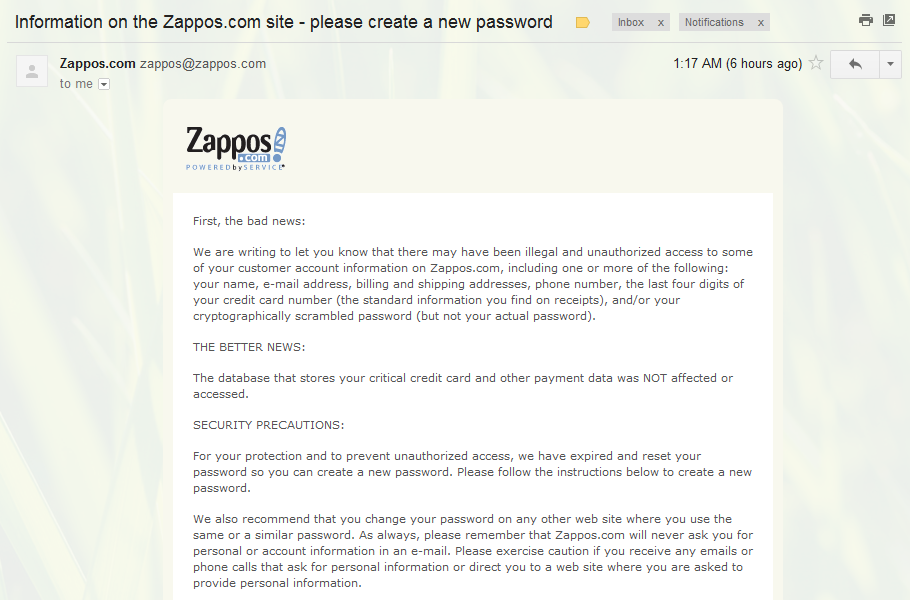Note: this article originally appeared on TechCrunch: 10 Ways to Leverage Facebook for Startups: Part II, On-Site Part I: Off-Facebook Strategy Part II: On-Facebook Strategy
Yesterday I discussed how to improve user acquisition, activation and activity by building Facebook directly into your web experience. There is of course another half to the equation: leveraging Facebook.com to expand your reach and engage your users. On-Facebook success is less product-heavy than success off-Facebook, although they both ultimately aim for the same outcome: engagement. While it is as much an art as a science, if you optimize for engagement and continually test your way across Facebook’s myriad of products – you may well find yourself sitting alongside The Rock (Facebook’s best personality?) and Spotify (terrific example of being a platform first-mover).
As a startup, you may not reach the scale Spotify or the brand / reach of Starbucks (27 million fans) – but this guide will help you think about strengthening relationships with your fans, expanding your fanbase and unifying your off-Facebook experience with your on-Facebook presence.







